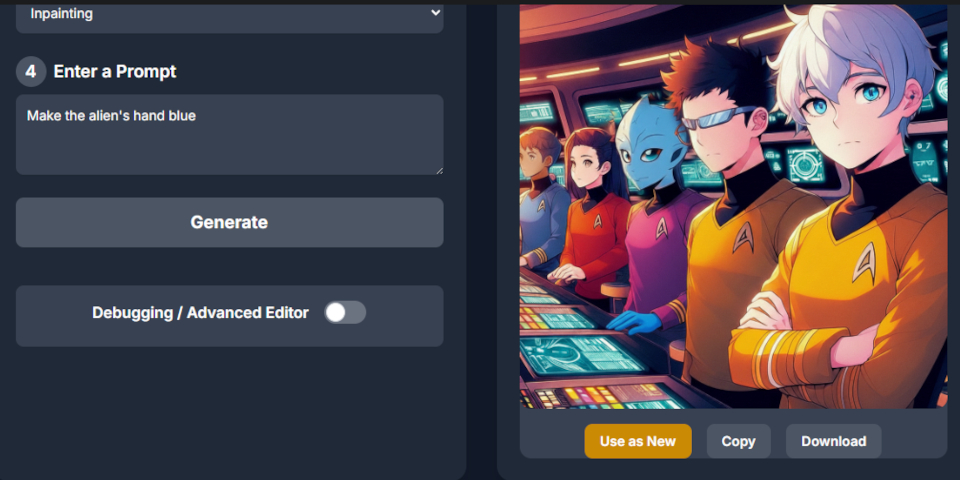Howler 2026 is out
The new Confetti tool introduced in Howler 2026 for creating organic particle effects.
Developer Dan Ritchie has released Howler 2026, the latest version of the hard-to-classify digital painting, animation and video processing tool.
The update adds an AI-based editor capable of inpainting, colorizing and upscaling images, a new Confetti tool for organic particle effects, and new audio recording and editing tools.
An idiosyncratic low-cost natural media paint package with a lot of unexpected features
Originally released two decades ago, Howler – originally Project Dogwaffle – is an idiosyncratic sub-$100 digital painting and content creation tool.
Its core strength is natural media painting, but it also features basic 3D rendering capabilities, primarily for landscapes and foliage, and animation features including a timeline, onion skinning, frame repair, retiming, and an exposure sheet for lip sync animation.
Ritchie had originally intended to stop work on Howler this year, aiming to raise money to release the then-current 2025 version as freeware.
However, he has since decided to resume active development of the software.

Howler 2026: new audio editing and AI-based image editing tools
Howler 2026 adds an experimental AI image editor, making it possible to colorize or upscale images, or to inpaint them by entering a text description of the edit required, as shown above.
Other new features include the Confetti tool, for creating organic particle effects.
You can see it in action in the video at the top of this story, which shows options to change the emitter shape, the particle geometry, and parameters like particle count, size and lifespan.
For post-production work, there are new audio recording and four-track audio editing tools.
Pricing and availability
Howler 2026 is available for Windows only. It costs $32.99.
Read a list of new features in Howler 2026
See more details of the new features in the PD Howler – Project Dogwaffle Facebook group
Have your say on this story by following CG Channel on Facebook, Instagram and X (formerly Twitter). As well as being able to comment on stories, followers of our social media accounts can see videos we don’t post on the site itself, including making-ofs for the latest VFX movies, animations, games cinematics and motion graphics projects.
